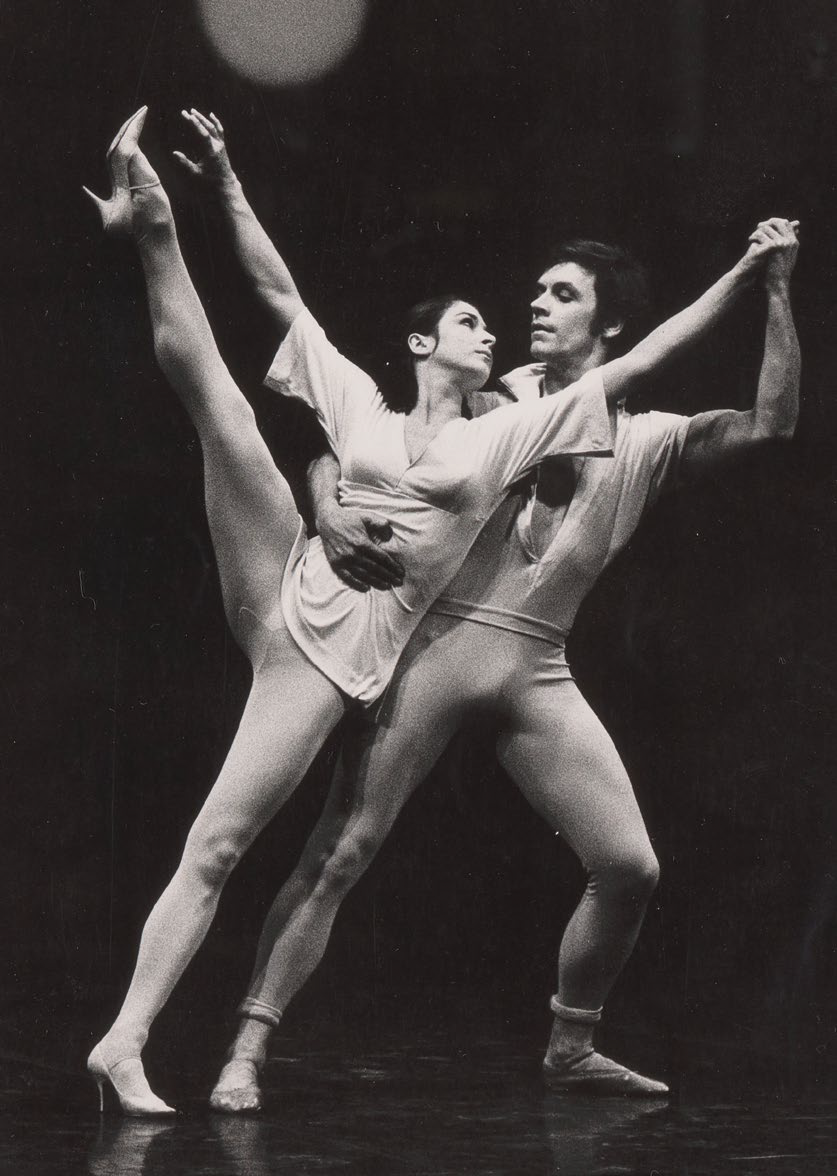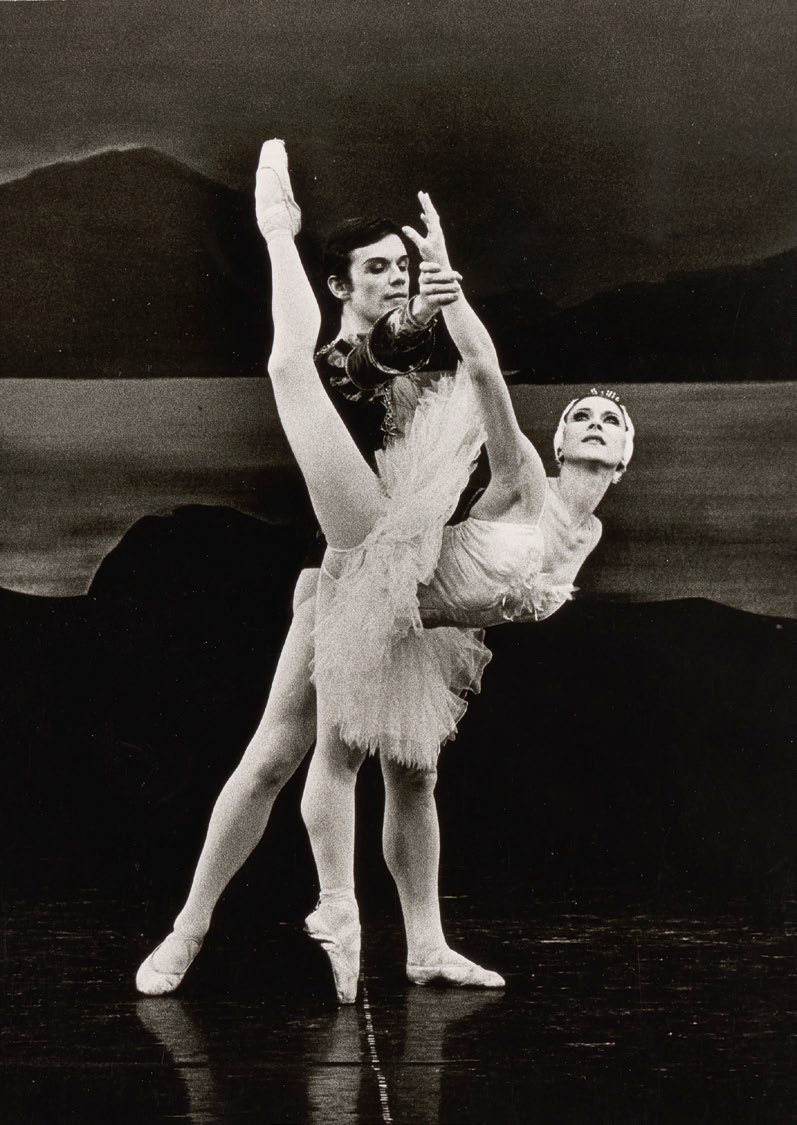
Royal dance couple Han and Lex
Text: José Broekhuizen
About 60 years Dutch National Ballet
Alexandra Radius (1942) danced with Dutch National Ballet from 1970 to 1990, and her husband Han Ebbelaar (1943) from 1970 to 1988. Since they stopped, they have remained closely involved with the dance world. As early as 1979, they founded Dansersfonds ‘79, which provides support to talented Dutch dancers. Han was also associate director of Dutch National Ballet for a while, and since 1987 the Alexandra Radius Prize has been awarded annually to the most striking dancer of the company.
Han: “In 1970 – we were dancing in New York at the time, with American Dance Theatre – former artistic director Rudi van Dantzig asked us if we would please come and join Dutch National Ballet.”
Lex: “The company was not of such a high level as it is today, you know.”
Han: “Rudi was on his own, after Sonia Gaskell and Robert Kaesen had left. He was struggling and needed backing from his friends.”
Lex: “I’d known Rudi since I was fifteen, when I was dancing with the Nederlandse Ballet. We inspired him and made him feel safe.”
Han: “In turn, we got Hans van Manen to join in 1971.”
Lex: “We’d worked with him before, at Nederlands Dans Theater.”
Han: “After transferring to Dutch National Ballet, Hans created Twilight for us: a pas de deux to music by John Cage, in which Lex danced in high heels. It was a huge success. And Adagio Hammerklavier was an international success as well. The six dancers in the first cast of that ballet – Monique Sand, Sonja Marchiolli, Henny Jurriëns, Francis Sinceretti, Lex and I – laid the foundations for a golden age for Dutch National Ballet.”
Lex: “The same three couples were also in the cast of Rudi’s Vier letzte Lieder. Then the company really started to flourish. And the Englishman Peter Wright came with his version of Giselle.”
Han: “Lex had such success with that one. And afterwards with The Sleeping Beauty, which was also by Peter Wright. Dutch National Ballet’s repertoire has always been a mix of contemporary and classical ballets.”
Lex: “In those years, we also danced many Dutch premieres of Balanchine’s works.”


‘A new generation of dancers came, who eventually became principals’
Han: “No, the other dancers weren’t jealous. Van Manen, Van Dantzig and Van Schayk – the three “Van’s’ – each had their favourite dancers. There was enough work for everyone.”
Lex: “We danced mainly in the works by Hans and Rudi, but also in I hate you too, Johnny and Landschap by Toer.”
Han: “Then came a new generation of dancers who grew to become principals: Nathalie Caris, Coleen Davis, Caroline Sayo Iura, Jane Lord and Esther Protzman.”
Lex: “For six years, I also danced with Rudolf Nureyev. That was inspiring – not just for me, but for the whole company. We were close as a group. We used to laugh so much in the dressing rooms. Wonderful times!”
Han: “In 1986, we moved from the Stadsschouwburg to Het Muziektheater. It wasn’t easy for everyone. Rudi found all the changes difficult and Hans eventually chose to leave (although he returned to the company again in 2005 – ed.).”
Lex: “But we thought it was fantastic there. The big studios and enormous stage were great. We enjoyed dancing there for a few more years. I retired in 1990, when I was forty-eight.”
Han: “I’d left already and Lex couldn’t find a partner who suited her as well.”
Lex: “Nobody who I felt really comfortable with. With Han, I could take risks. I just went for it.”
Han: “Could you just say in closing that with Ted’s appointment in 2003, Dutch National Ballet really turned into a world class company. Under his directorship it has become truly great.”